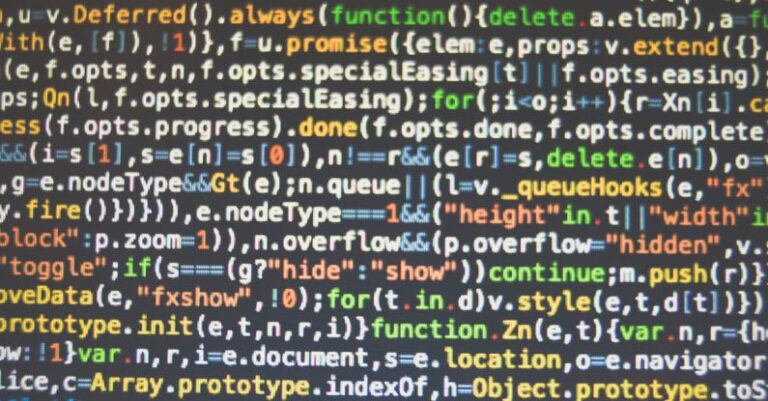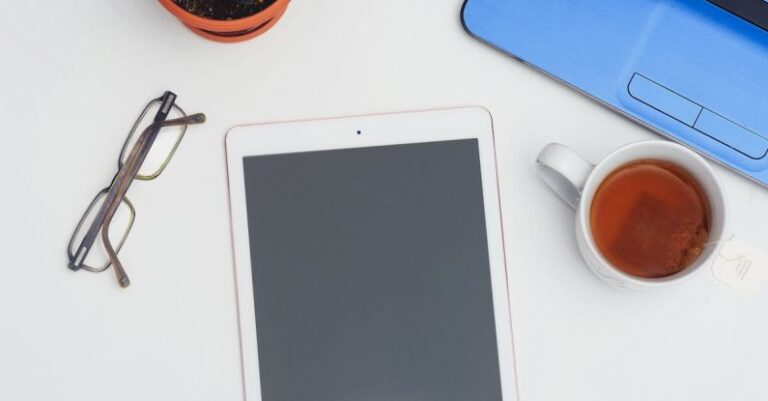
Virtual reality (VR) technology has rapidly transformed various industries, including design. The benefits of incorporating VR in the design process are abundant, offering designers and creators a revolutionary approach to visualizing and prototyping their ideas. From architecture to product design, VR has opened up new possibilities and streamlined workflows. Let’s delve into the advantages that VR brings to the realm of design.
Enhanced Visualization and Immersive Experience
One of the primary advantages of using VR in design is the enhanced visualization it provides. Designers can step into a virtual environment and experience their creations at a human scale, gaining a better understanding of spatial relationships and proportions. This immersive experience allows for a more intuitive design process, enabling designers to make informed decisions based on how a space or product feels in a realistic setting.
Collaborative Design in Real Time
VR technology facilitates collaborative design by allowing multiple team members to work together in real time, regardless of their physical locations. Designers can interact with each other in a shared virtual space, making changes, discussing ideas, and exploring different design options simultaneously. This real-time collaboration promotes creativity and innovation, as team members can provide instant feedback and iterate on designs efficiently.
Efficient Prototyping and Iteration
Traditional prototyping methods can be time-consuming and costly. VR streamlines the prototyping process by enabling designers to quickly create and test virtual prototypes. Designers can visualize their concepts in 3D, make adjustments on the fly, and iterate rapidly without the need for physical models. This iterative approach allows for more experimentation and exploration, leading to improved design outcomes.
User-Centered Design and Feedback
VR empowers designers to adopt a user-centered design approach by simulating how end users would interact with their designs. By immersing users in a virtual environment, designers can gather valuable feedback on usability, ergonomics, and overall user experience. This user-centric feedback enables designers to make data-driven decisions and create designs that meet the needs and preferences of their target audience.
Cost-Effective Design Solutions
Implementing VR in the design process can result in cost savings for businesses. By eliminating the need for physical prototypes and reducing the time spent on iterative design cycles, VR helps businesses streamline their workflows and bring products to market faster. Additionally, VR enables remote collaboration, reducing travel expenses and allowing teams to work efficiently from different locations.
Improved Communication and Client Presentations
Communication is essential in the design industry, and VR enhances the way designers communicate their ideas to clients and stakeholders. With VR, designers can create immersive presentations that allow clients to visualize and experience designs in a realistic manner. This interactive approach not only enhances client engagement but also fosters better understanding and decision-making throughout the design process.
Enhanced Training and Skill Development
VR technology can also be valuable for training and skill development in the design field. Designers can use VR simulations to practice their craft, learn new techniques, and enhance their design skills in a safe and controlled environment. This hands-on training allows designers to refine their abilities and stay updated on the latest design trends and tools.
Innovative Design Solutions and Creativity
Lastly, VR enables designers to push the boundaries of creativity and explore innovative design solutions that may not be feasible with traditional methods. By leveraging the capabilities of VR technology, designers can experiment with unconventional ideas, test out futuristic concepts, and challenge the status quo in design. This creative freedom and flexibility empower designers to think outside the box and create groundbreaking designs that captivate audiences.
Embracing the Future of Design with VR
As VR continues to evolve and become more accessible, designers have a unique opportunity to revolutionize the way they approach design projects. By leveraging the benefits of VR technology, designers can enhance visualization, streamline collaboration, iterate efficiently, gather user feedback, reduce costs, improve communication, enhance training, and foster creativity. Embracing VR in the design process is not just a trend but a strategic move towards shaping the future of design. As the technology advances, designers who embrace VR will undoubtedly stay ahead of the curve and drive innovation in the dynamic world of design.





